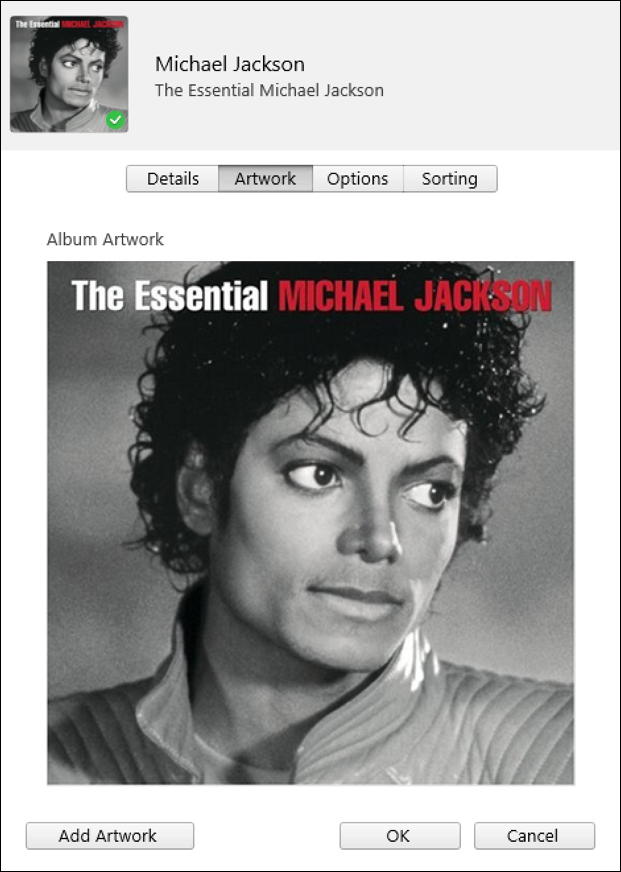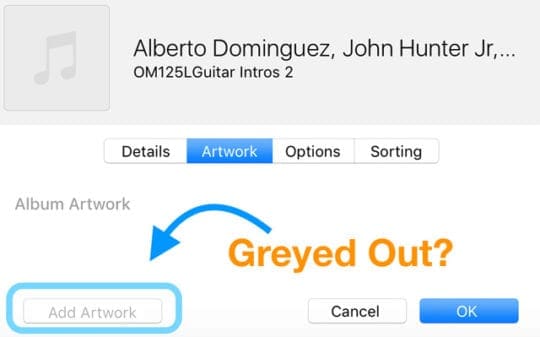
It wasn’t until the late 1930s that the terms were released of the stigma of being considered ‘black’ terms and gained spots in the official vocabulary. The cafes, restaurants and bars that started housing the coin-operated phonographs became known as “juke-joints.” This term (along with the term “juke box”) started in the South, and was brought up with the northern migration of African-American workers in the early 20th century. Soon, Thomas Alva Edison gained business connections to the rising trend, and between 19 he released over 10 different models. Despite this previous patent, Glass still receives the credit for the jukebox concept's inception.īy 1891, the United States Patent Office had already registered 18 patents for phonograph coin control devices. In Britain, Charles Adams-Randall, an electrician, filed a patent for the "Automatic Pariophone" in 1888. Though Glass is considered to be the "father" of the jukebox, he and Arnold only filed a patent for the "Coin Actuated Attachment for Phonographs," not a completely functional coin-operated phonograph in 1889. Arnold to further develop the coin-operated phonograph. After his successful investments, he then partnered with businessman William S. He eventually became the general manager of the Pacific States Telephone and Telegraph Co. Glass, the operator of this initial model, is credited as “the father of the concept.” Before delving into the phonograph world, Glass worked as a telegraph operator at Western Union, but then left the company with the advent of the telephone, investing in various telephone companies in Oakland and San Francisco. The first recorded coin operated phonograph was presented in 1889, in a public demonstration at the Palais Royal Restaurant in San Francisco on November 23, 1889. The Multiphone played an important role in the evolution of the jukebox, an invention that grew to become a staple of its time and is still often used in cafes and restaurants to recreate the temporality of the mid 20th century. In 1936, he and fellow inventor Lyn Durrant designed one of the first "score totalizers," an aspect of gaming technology that is still prevalent today. Shyvers is also known for his work on early interactive gaming machines. This design change might have been due to an increase in Shyvers' desire to show patriotism in the years after the war, or his ideas of what would appeal more to the costomers at the time. Although, the original Pre-War model of the music box (then called the "Music-Phone" more resembled a rocket ship. The product's design shows that Shyvers found inspiration from New York architecture, namely the Empire State Building. It was not until 1946/47 that he patented the music box itself. He developed the product with his wife Lois in 1939, gaining a patent for its coin control device one-year prior. Shyvers, an inventor from Seattle, is best known for the creation of the Multiphone, an early version of a coin-operated restaurant jukebox that played music through telephone lines from a central music library. and now you do.The post-war model of the Shyvers Multiphone

Anyway, the older and faster method is still around you just have to know the "trick".


:max_bytes(150000):strip_icc()/001-how-to-sync-itunes-songs-to-your-ipad-2438372-83ad74a6ab944f7ea61d03e119f634ef.jpg)
The fact that you can still get to the feature by pressing the Option key indicates that the changes were by design. It could be part of the big package of iTunes GUI changes that have troubled many users. Maybe Apple meant to make this change, or perhaps it was an oversight. You can see both versions below: the current "improved" design and the "hidden" old version that you can restore by pressing the Option key. Just hold the Option key down before you select "Get Info" to bring back the old GUI that lets you drag and drop your album art right into iTunes. It takes more steps to add the album art, and who knows why Apple made the change.ĭon't despair! The old tried and true method is still there, but hidden. Doing the same sequence now gets you a newly designed dialog box that wants you to load the graphic from a location - no more drag and drop. That all changed in iTunes 12, for reasons that escape me. You could Google the album art, then simply drag the album cover from the web page to the designated spot after selecting all the album tracks and doing a "Get Info" (Command-I) from the File menu of iTunes. Until version 12 arrived, it was a pretty simple process. I am very dedicated to getting the proper album art on the hundreds of CDs I've put into iTunes.


 0 kommentar(er)
0 kommentar(er)
